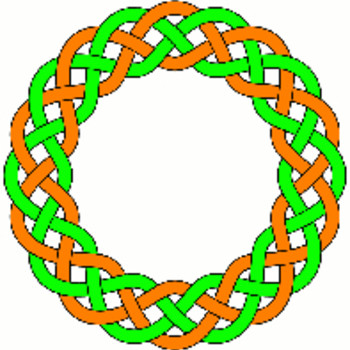Inspection of
(sin^2(-x) - sin(-x))/(1 - sin(-x)
reveals that the numerator may be factorised by extracting the term sin(-x).
That is, the expression may be written
(sin(-x) (sin(-x) - 1))/(1 - sin(-x)
sin(-x) is an example of an odd function, for which f(-x) = - f(x) (which means it has rotational symmetry around the origin, compared with even functions, for which f(-x) = f(x), which have reflective symmetry in the y axis)
So, substituting -sin(x) for the sin(-x) in the term outside the brackets (but leaving the others for now for reasons that will become clear)
(sin(-x) (sin(-x) - 1))/(1 - sin(-x)
implies
(- sin(x) (sin(-x) - 1))/(1 - sin(-x)
which in turn implies
(sin(x) (1 - sin(-x)))/(1 - sin(-x))
The term (1 - sin(-x)) is a factor of both numerator and denominator so it may be cancelled to leave
sin(x)

